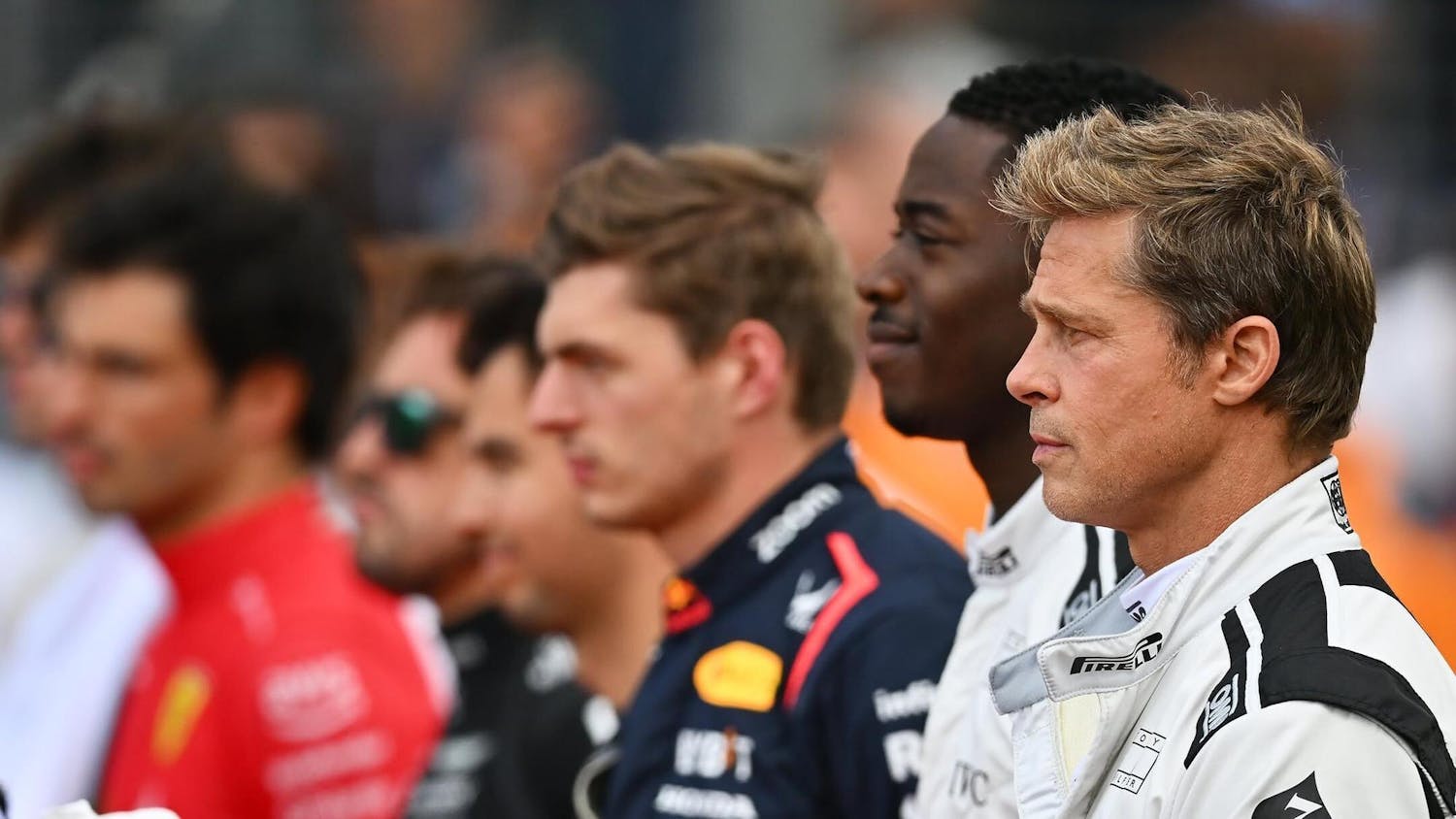BELVIDERE, Ill. -- Decorated eggs aren't just for Easter anymore.\nThat was the message Donna Thomas of Belvidere and Julia Smith of Beloit, Wis., conveyed as they set out their "eggery" one early spring morning. They were preparing not for the holiday, but for the 13th annual Rockford Egg Show and Sale, which featured the works of eggshell artists from eight states, including California and Oklahoma.\n"We always hold it on the third weekend of March, which is close to Easter, but this is a year-round passion for us, as well as a business," Smith said.\nThere were painted eggshells, carved eggshells, engraved eggshells and decoupaged eggshells decked out with rhinestones and fitted with doors that swing open and shut on gold-plated hinges.\nSome of the eggs represent months of work and can fetch prices upward of $750.\nMost were far too ornate and delicate to entrust to a hopping rabbit or an egg-hunting 7-year-old, and many were so large that they would have given the poor bunny a hernia, anyway. The ostrich, emu and rhea eggs, in particular, made one think of larger, more ponderous beasts.\nMaybe there's an Easter Mastodon who galumphs across the nighttime fields of the Midwest each spring.\nThomas, 51, a commercial artist who has been painting nature scenes in acrylic on eggshells for four years, doesn't feature mastodons on her eggs, but some of her more recent creations feature wooly mammoths, saber-toothed tigers and other Pleistocene fauna.\n"I got interested in Ice Age Illinois when I did a mural for the farm where my father-in-law discovered mammoth remains," she explained. "So now I put prehistoric animals on some of my eggs."
The biggest eggs Thomas paints, from ostriches and emus, can hold a whole landscape. The goose and turkey eggs might feature only a single deer or leopard. And the smallest, from finches, will have only a portrait of one of the tiny birds themselves.\nThe finch eggs are smaller than pinto beans, and Thomas has to use special brushes with only one or two bristles to paint them. Because of their fragility, she displays and sells them only under protective glass domes.\n"I broke one once by touching it with a piece of tissue paper," she said.\n"But you can take one of the ostrich or emu eggs and drop it on the floor safely -- as long as you've got carpeting," said her husband, Steve, 56, a construction contractor and woodworker who has recently taken to painting cartoon characters on chicken eggshells.\nThat's not to say, though, that you'd want to drop one of Smith's creations on the floor, even though she specializes in eggs from the larger birds.\nSmith, who is in her 60s, hates to paint, but she'll do almost anything else imaginable with an eggshell. She prefers rhea eggs because their shells are white and do not require pre-painting like the dark-shelled emu eggs do.\nA lot of Smith's eggs are painstakingly carved.\n"I've got an ultra-high-speed engraver that gets about 400,000 rpm -- about ten times faster than a dentist's drill -- and you can do anything with that," she said.\nSome of Smith's rhea eggs are shown laying on their sides. For one, she has carved out a pattern of arching trees, with the foliage suggested in low relief. You look inside between the trees, and there's a plastic swan swimming in an epoxy pond.\nOne of her few ostrich eggs is not for sale, since it's a celebration of her marriage.\n"My husband of nearly 40 years passed away five years ago, and I planned this one for two years," she said.\nYou open the door of the ornately decorated egg and you see that it's lined with silk from Smith's wedding dress. A swiveling picture frame containing several wedding pictures hangs down from the top of the egg like a chandelier. And there's a lower level, too. You lift the trapdoor and you find a jeweled and hinged goose egg. It contains the couple's wedding rings.\n"I've been doing eggs for 27 years," Smith said. "We used to have a dairy farm, and my kids raised geese one year for 4-H. Then they moved on to livestock and left me holding the bag with the poultry. I had all these goose eggs and didn't know what to do with them, but then I ran into a woman who did eggery, and she suggested I try it myself.\n"I've probably done 5,000 eggs since then. I've blown out as many as 150 eggs a day by mouth, but now I use an attachment on my air drill to do that. You have to take the bitter with the sweet, and cleaning eggs is my bitter."\nThomas, on the other hand, buys her eggshells precleaned, often from area farmers who raise ostriches and emus for meat.\n"They sell the infertile eggs, and they blow them out themselves," she said. "The contents of the eggs are usually sold to bakeries that make wedding cakes. An ostrich egg is the equivalent of about 18 chicken eggs"




